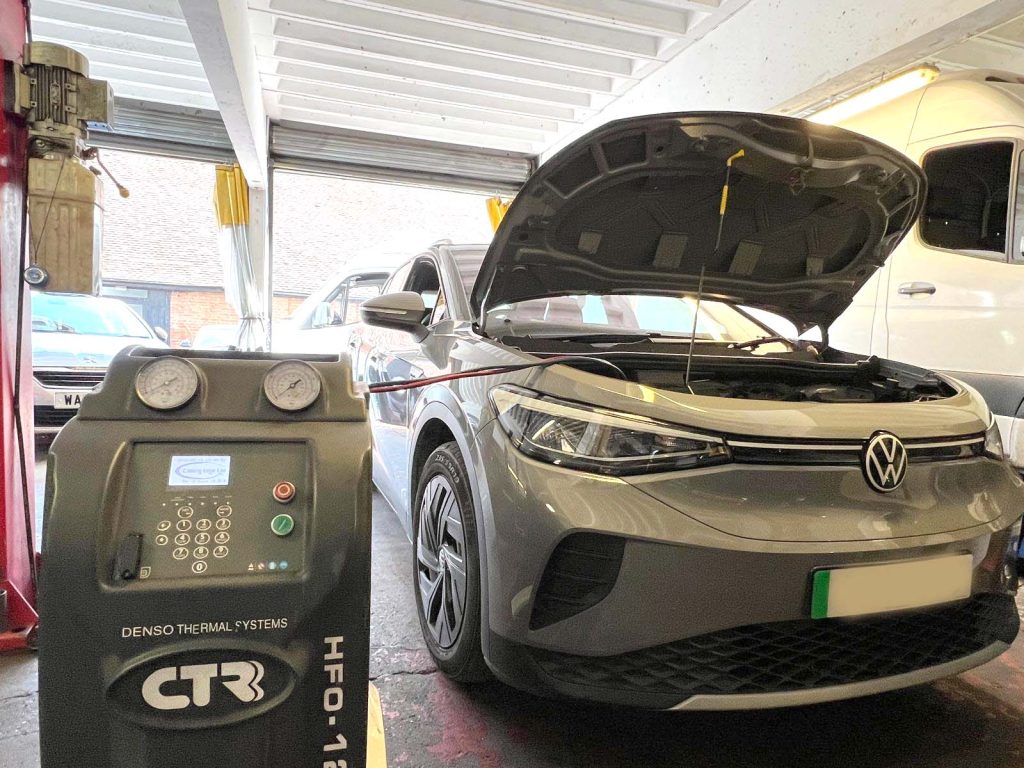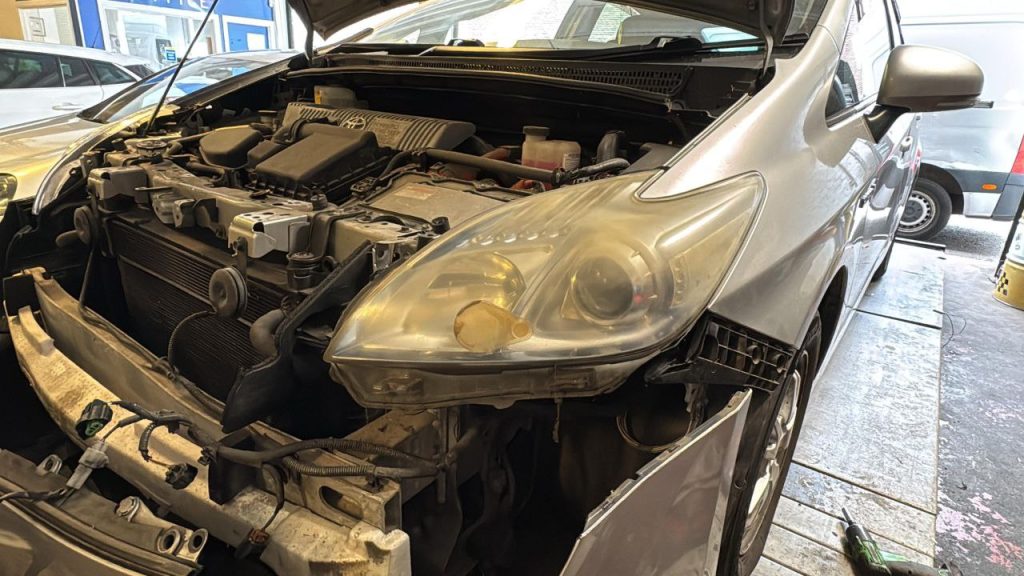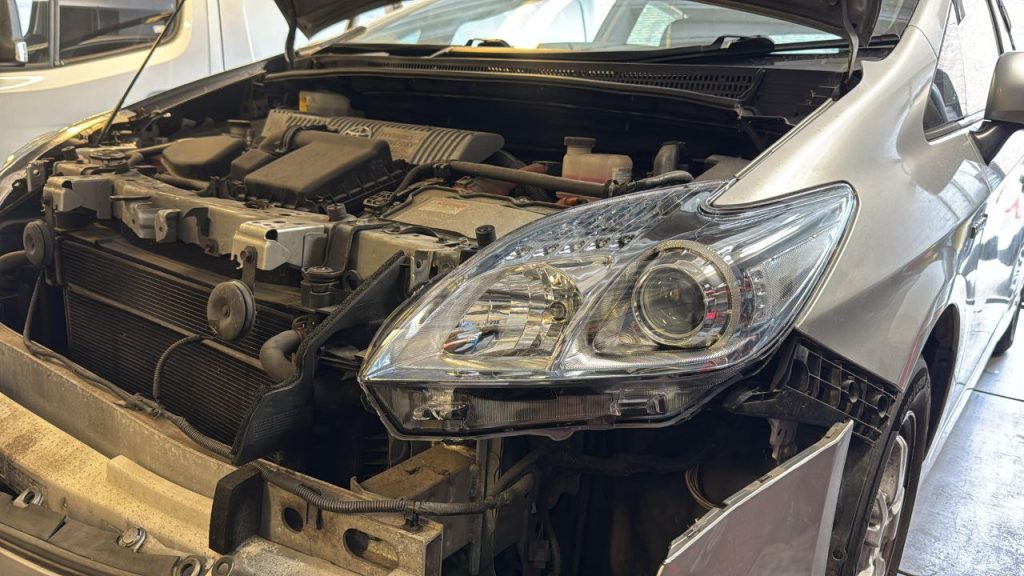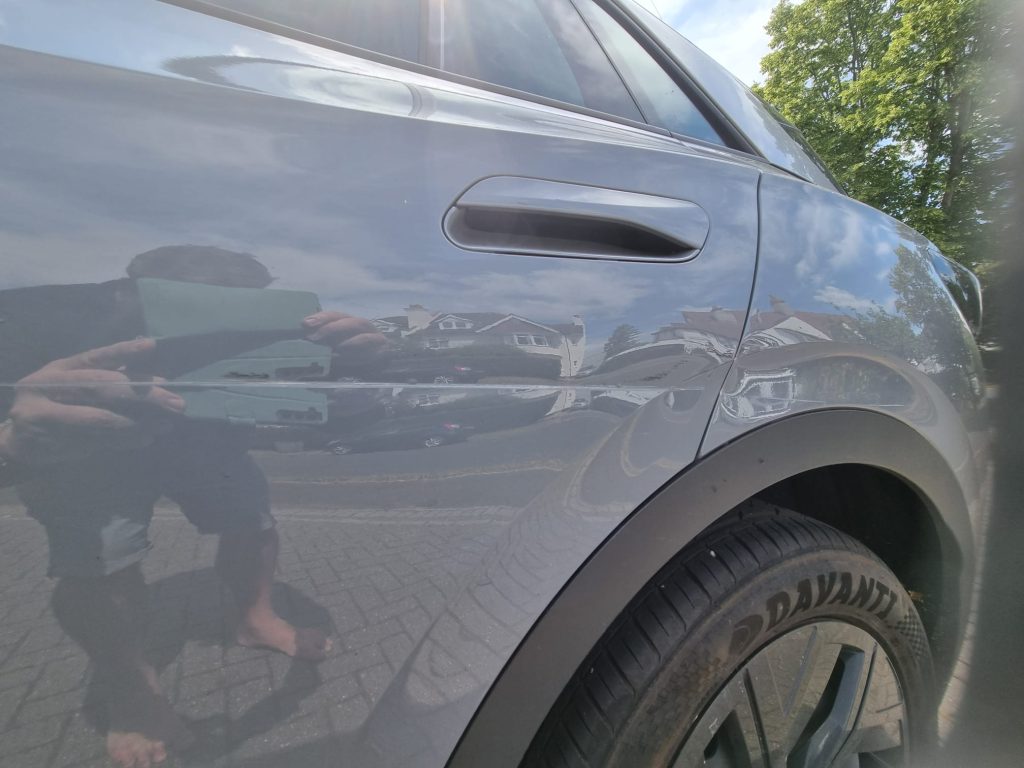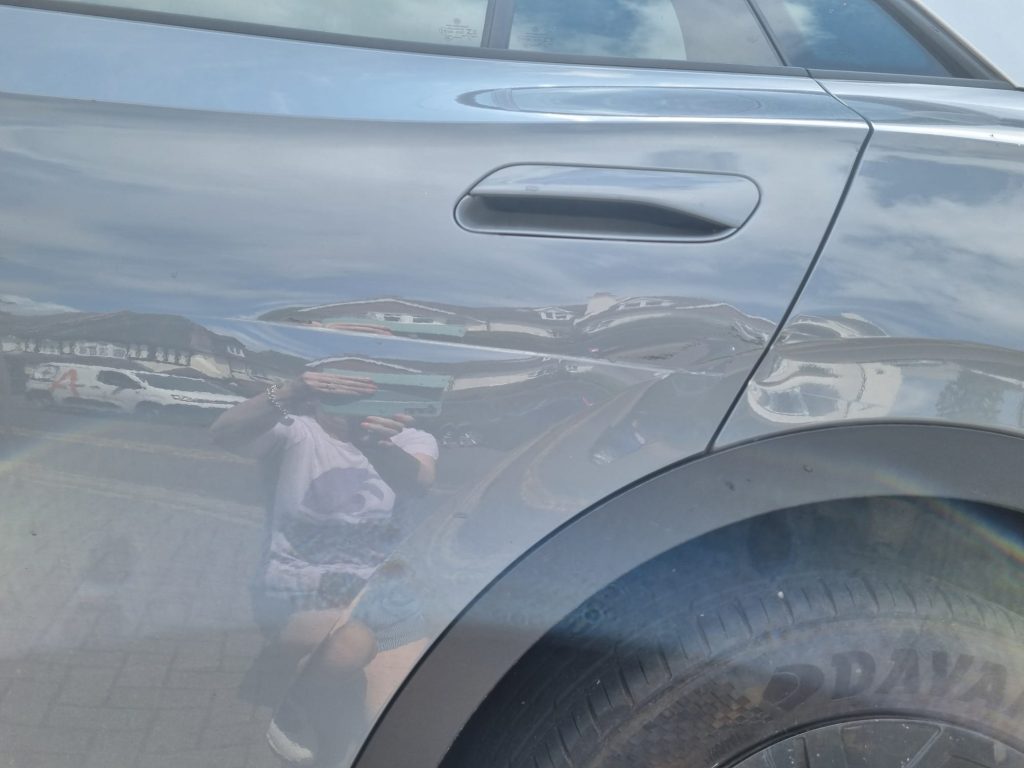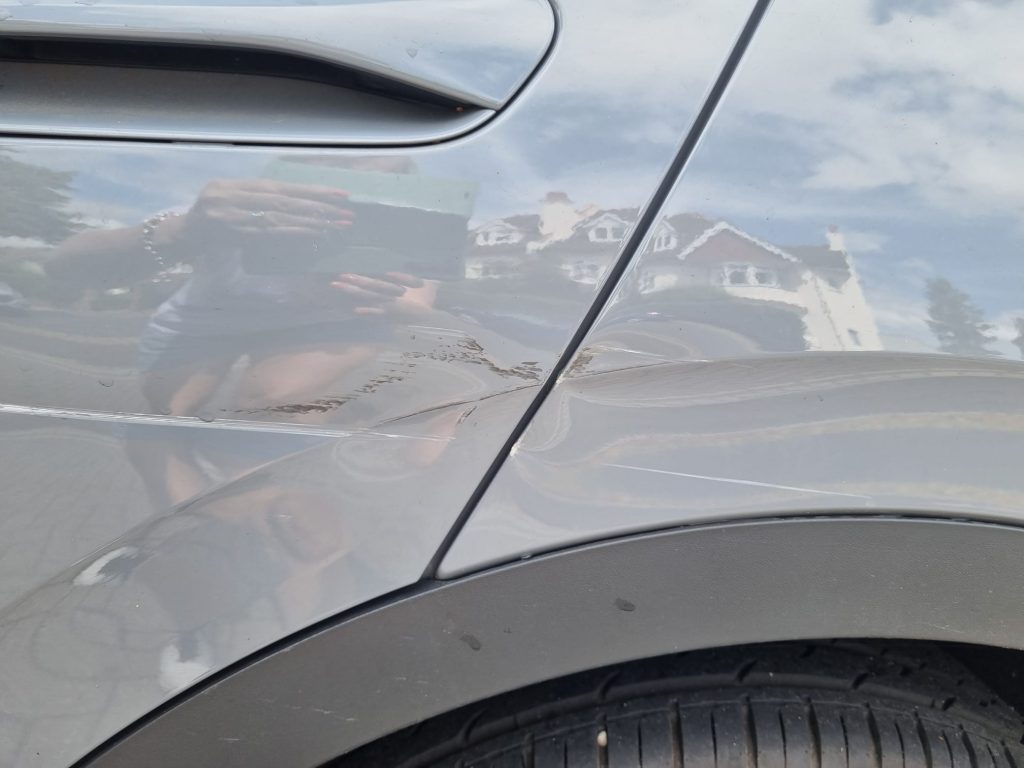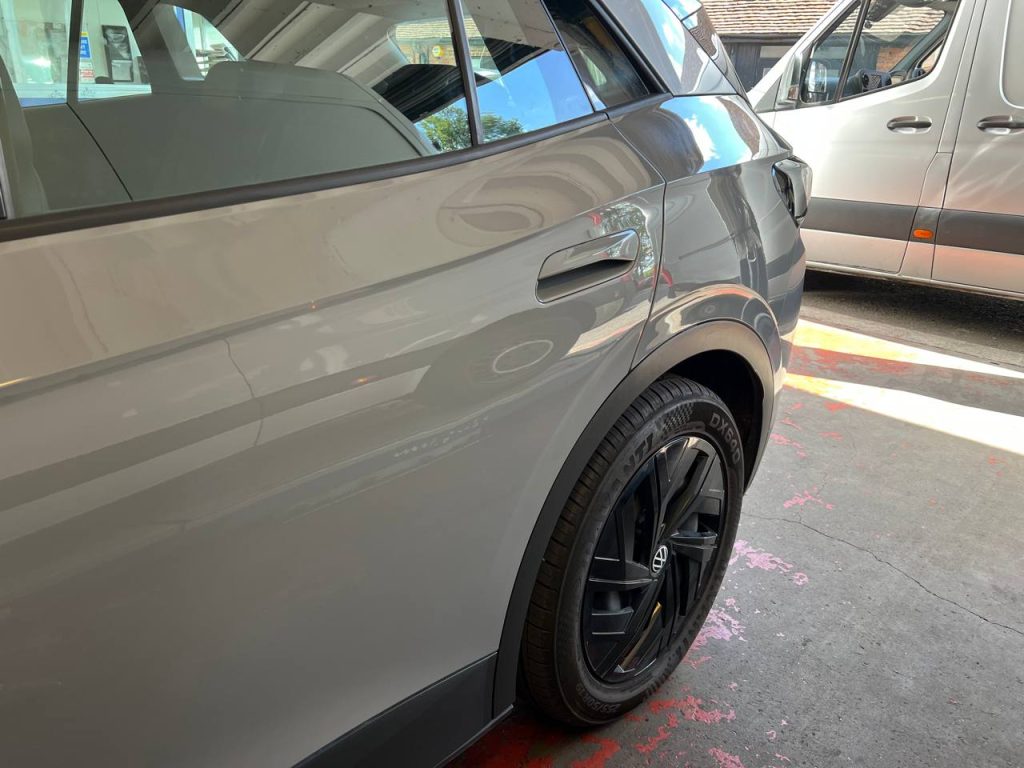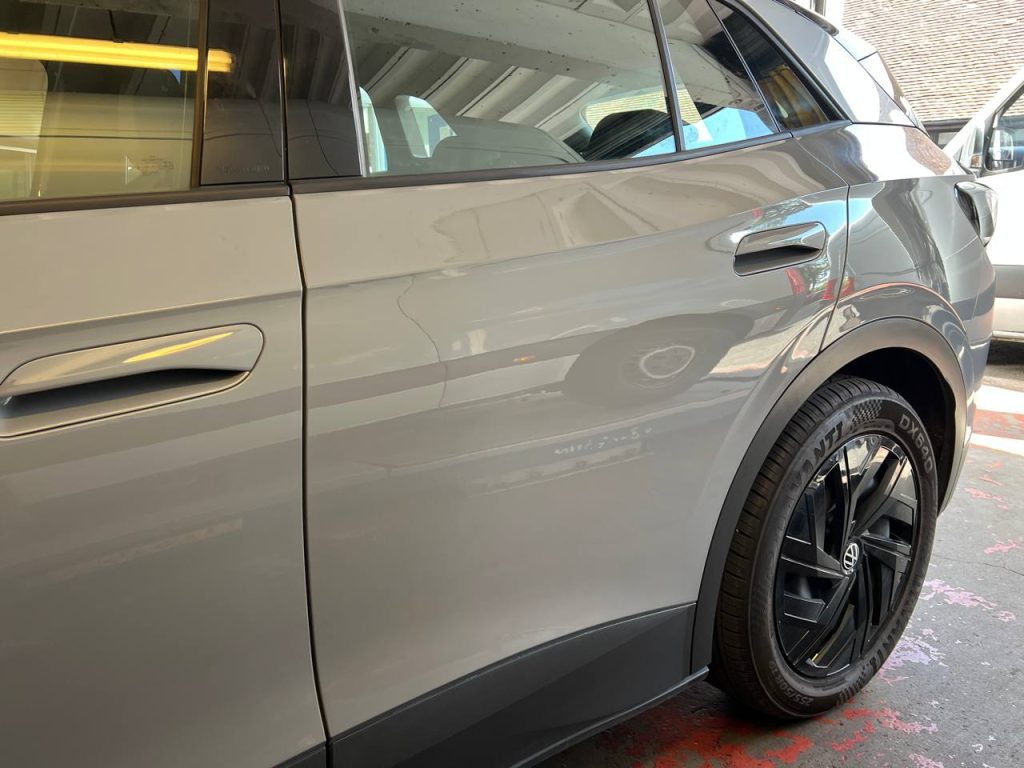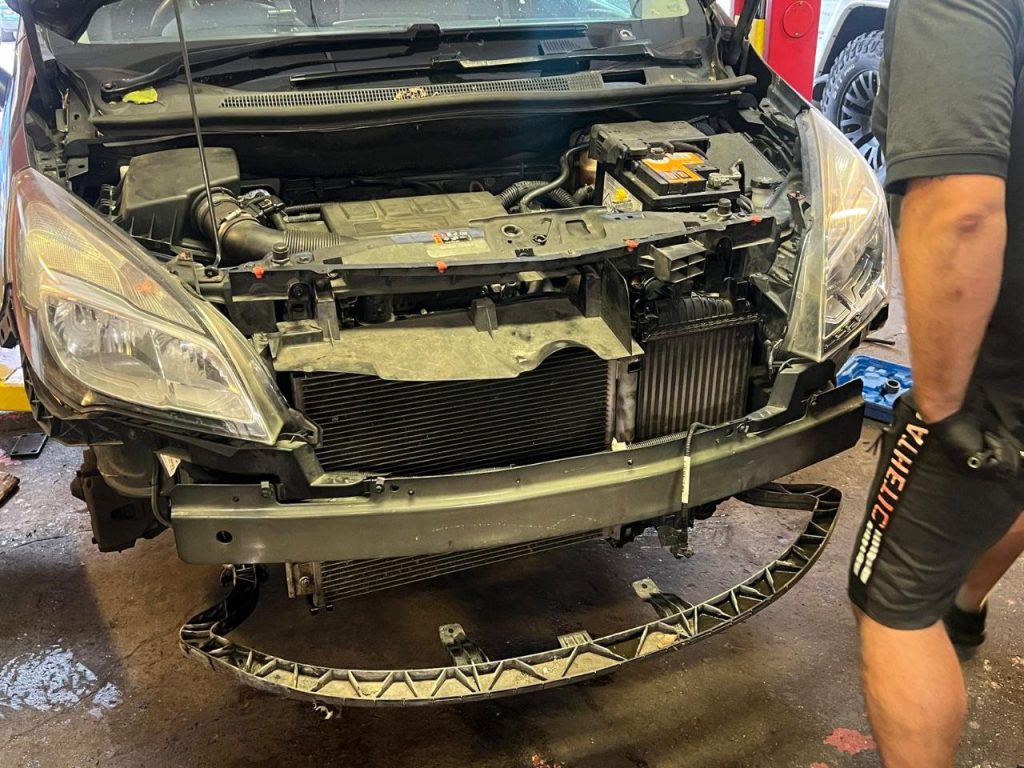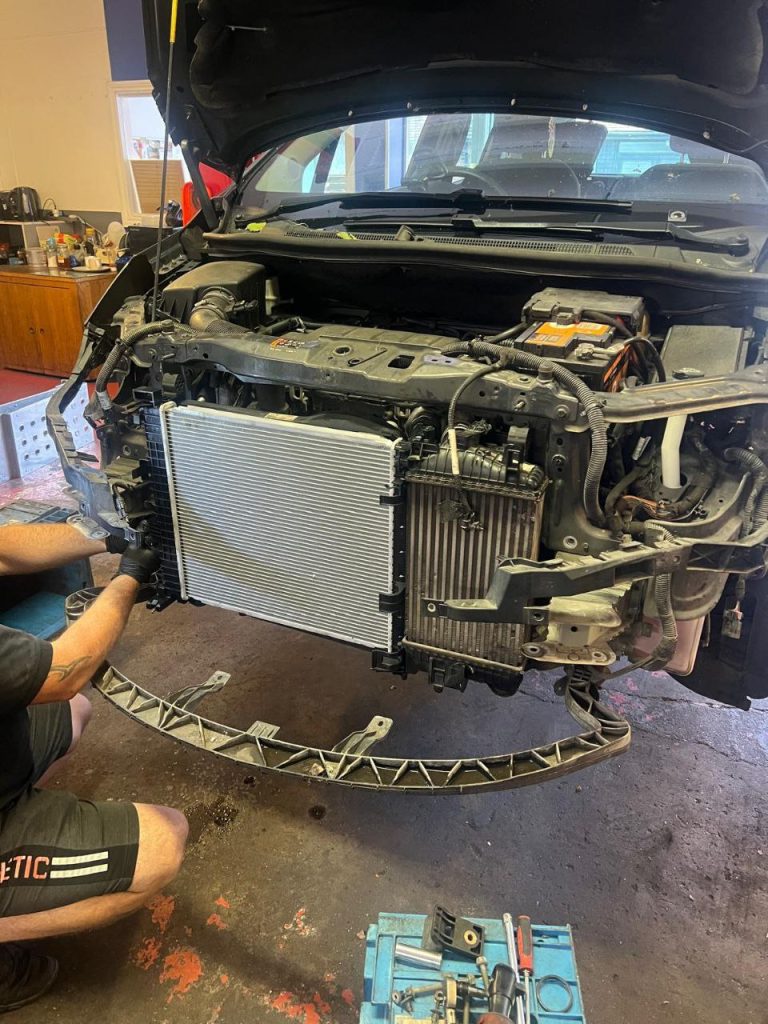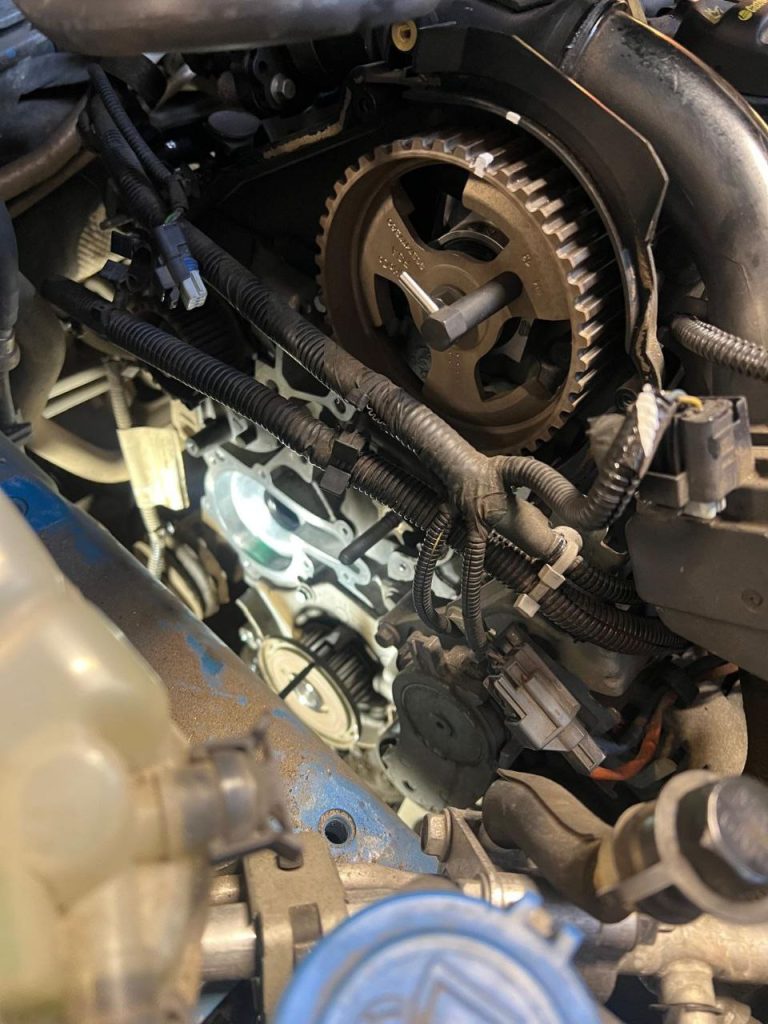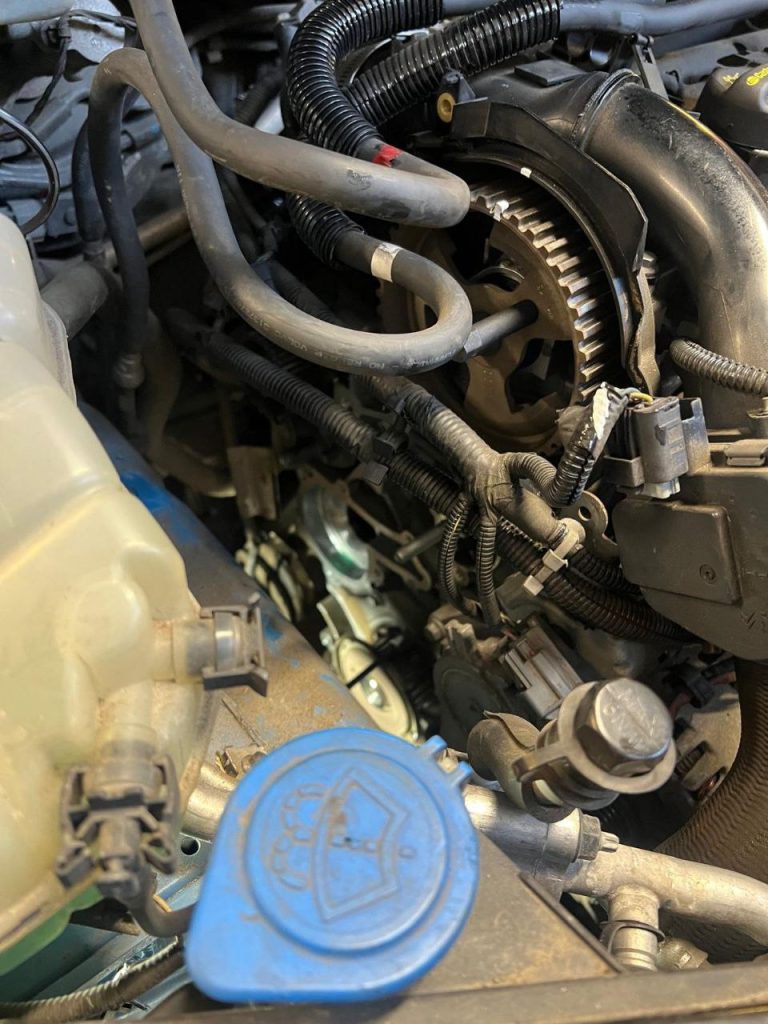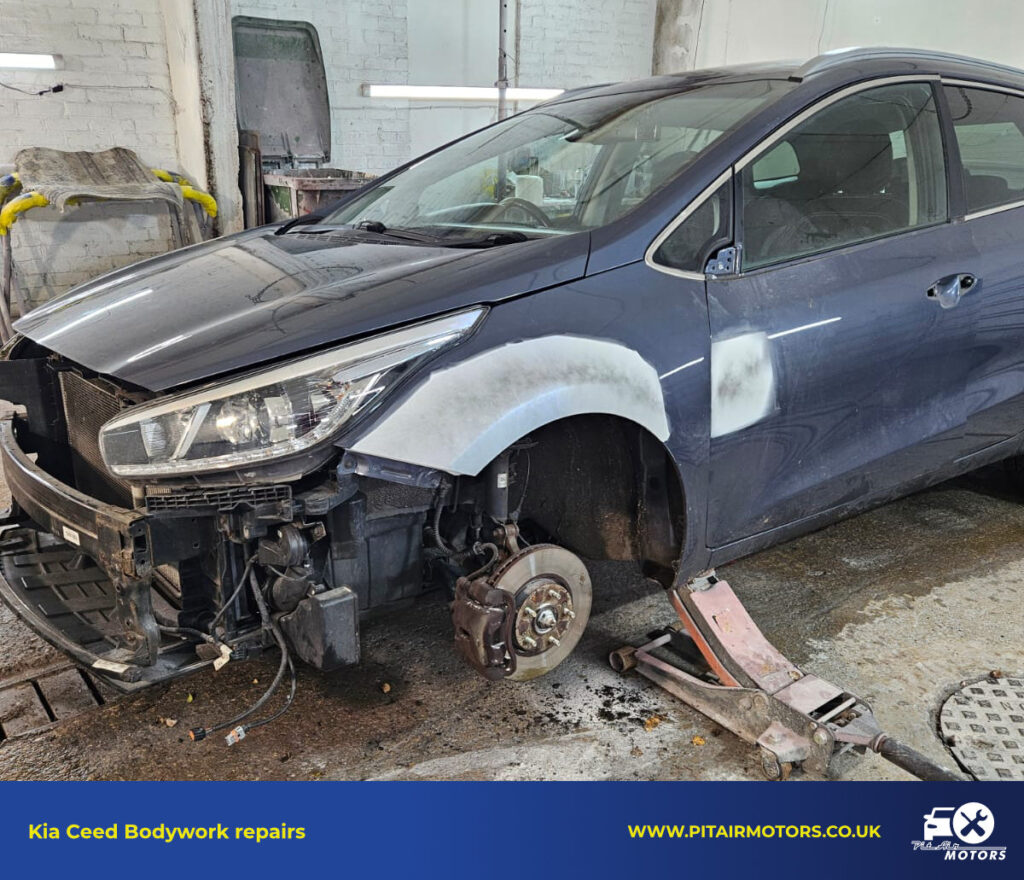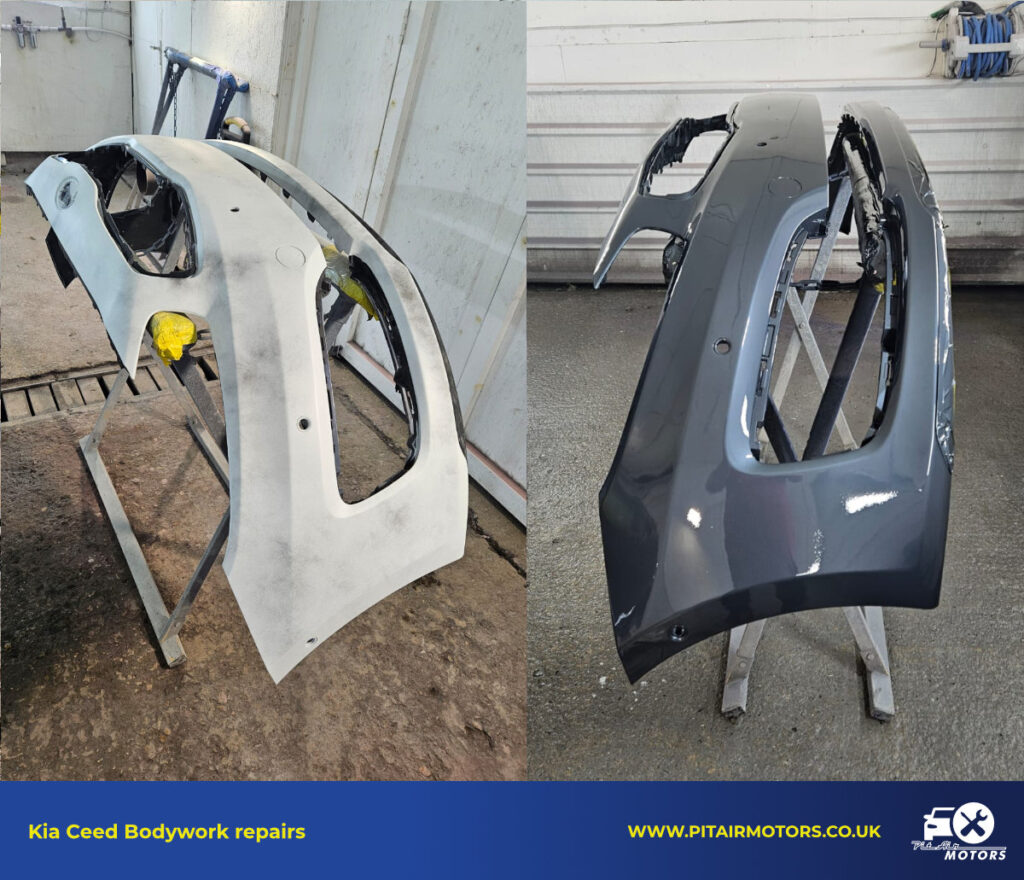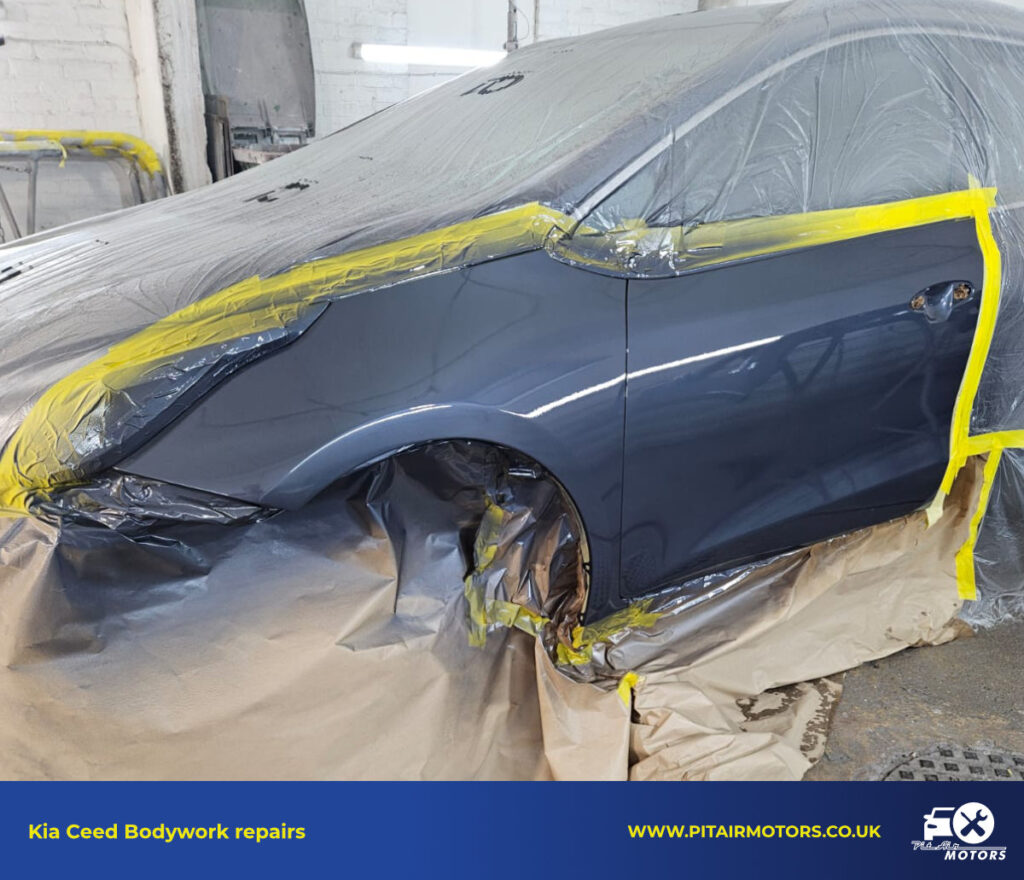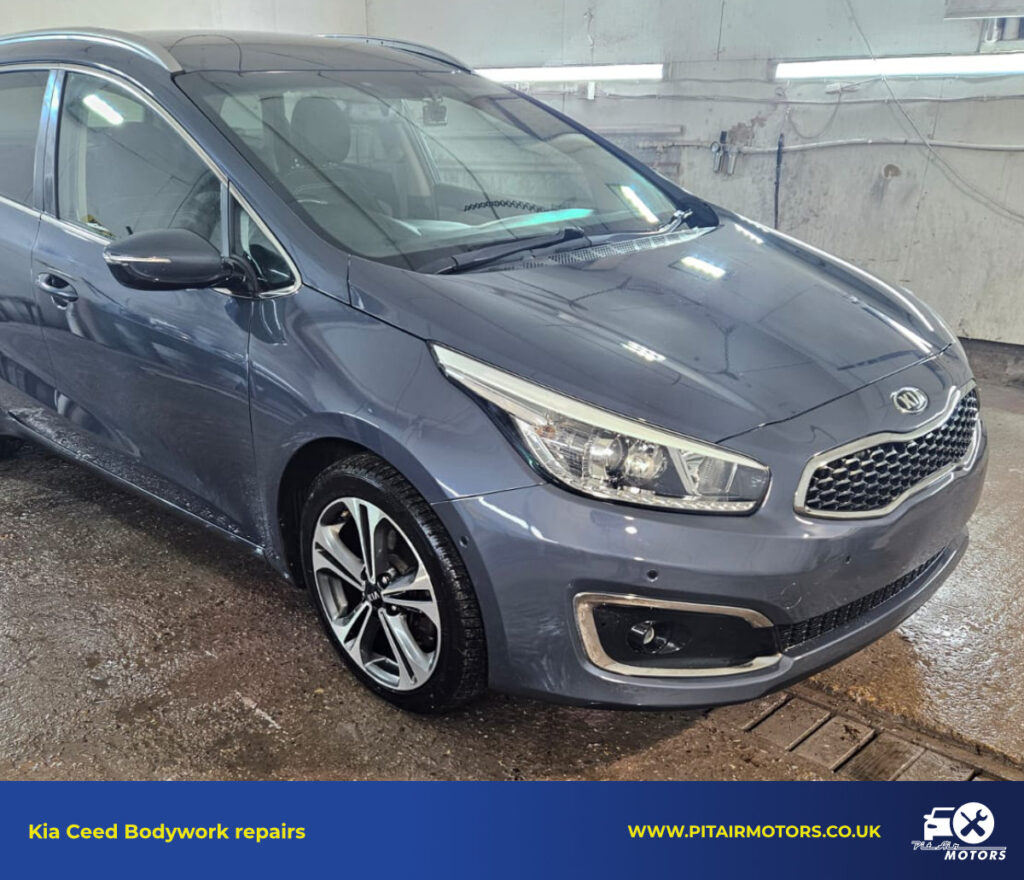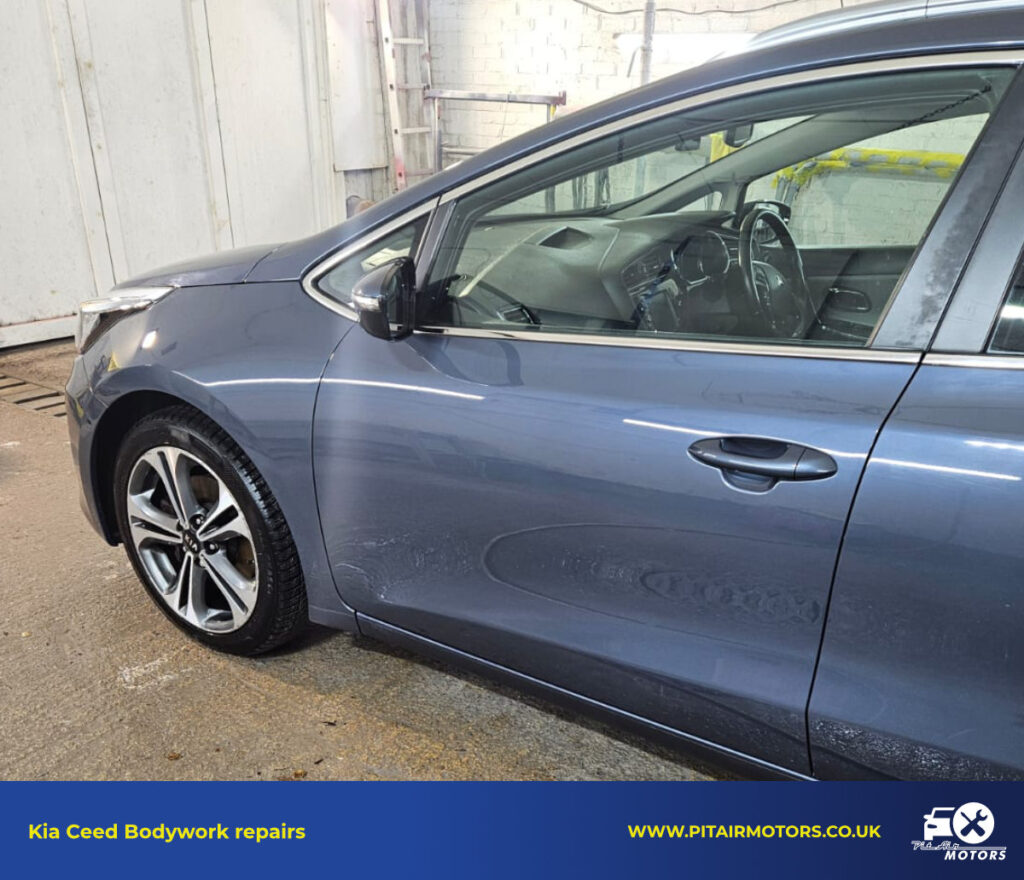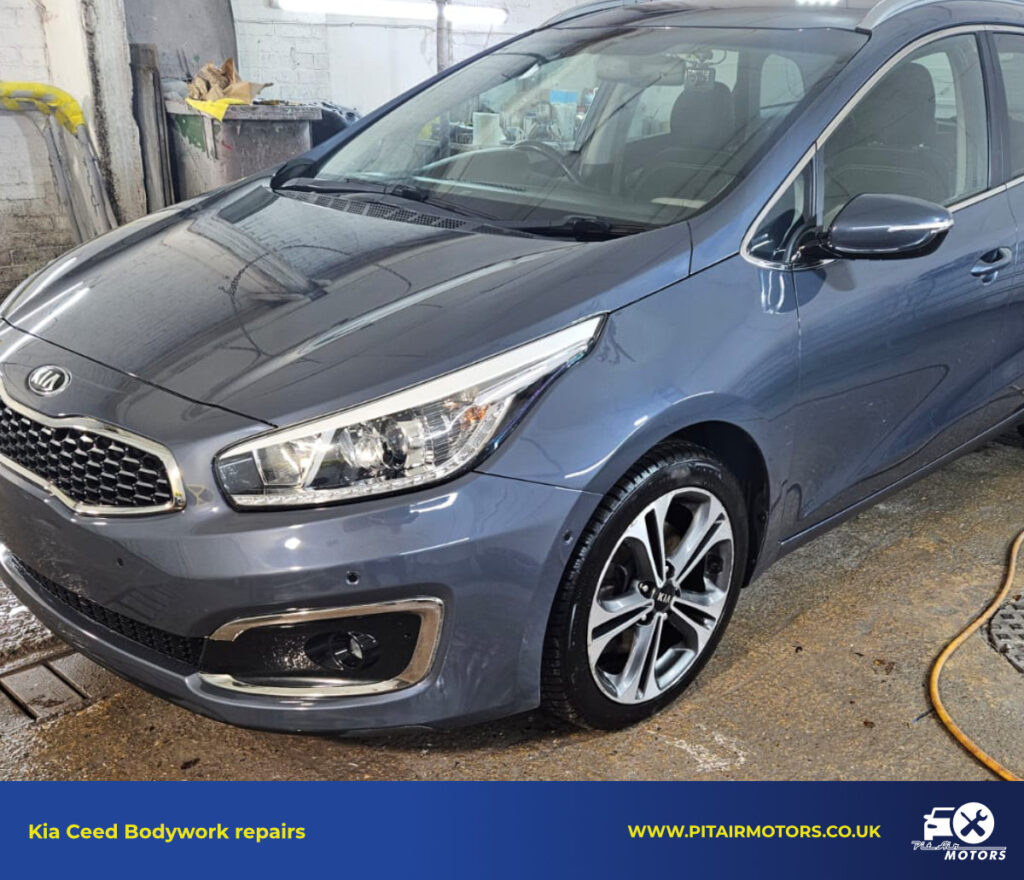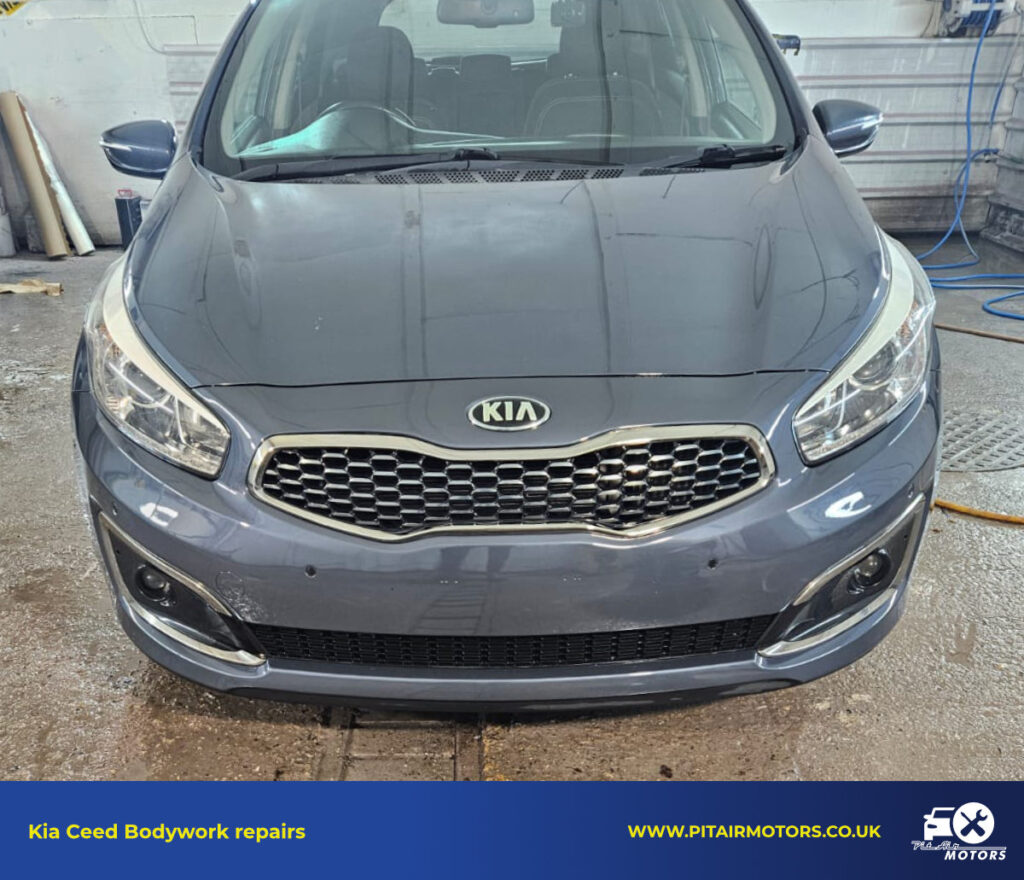Vauxhall Astra – Oil & Filter Service - Engine Oil, Oil Filter, Air Filter Replacement
Routine maintenance is the key to keeping your car running smoothly, efficiently, and reliably. This week, we carried out a scheduled car oil change Croydon "Vauxhall Astra oil service" for a returning customer — and it’s a great opportunity to explain why regular oil and filter changes are essential for long engine life.
Even though the vehicle showed no obvious issues, this proactive car repair services helps prevent bigger problems later down the line.
Why oil changes matter more than people think
Engine oil does far more than just lubricate — it keeps the engine cool, clean, and protected from wear. Over time, the oil breaks down due to heat and contaminants like carbon, fuel and metal particles. Delaying an oil change risks:
- Reduced engine efficiency
- Increased fuel consumption
- Sludge buildup in oil passages
- Premature engine wear or failure
In this case, the customer had kept to their 12-month service schedule, which is ideal for most petrol or diesel Astras used for daily commuting.
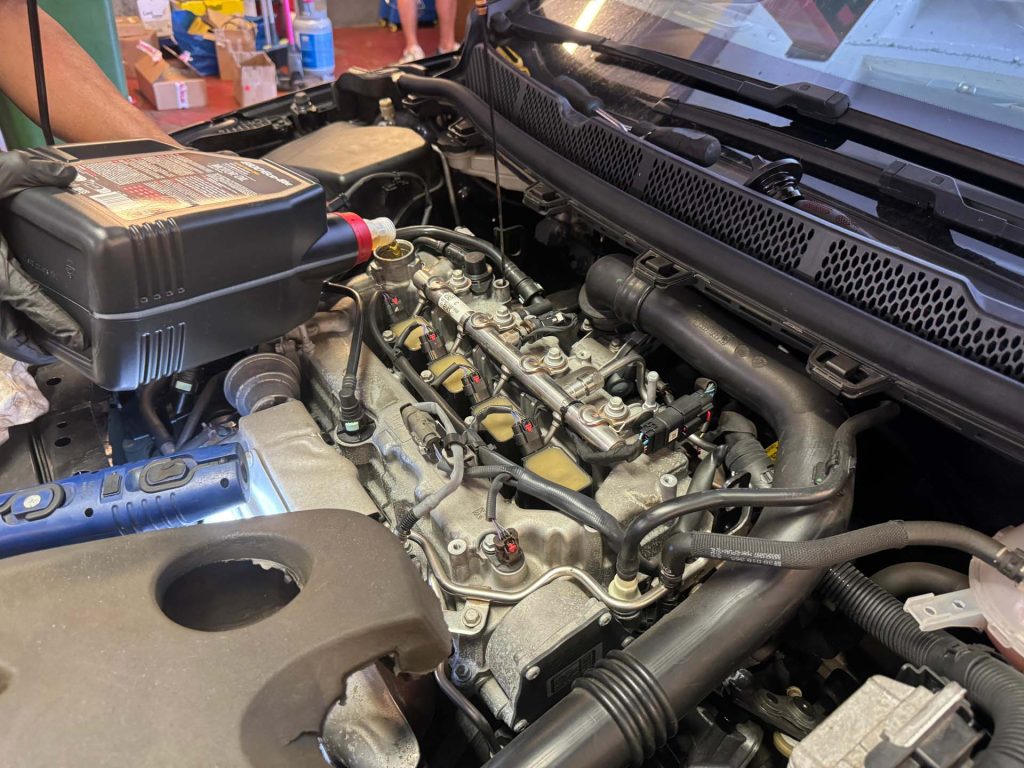
Our full service process - car oil change Croydon !
We started the appointment by verifying the service history and double-checking the required oil grade for this specific Astra variant. Here’s what we replaced:
- Engine oil (fully synthetic, manufacturer approved)
- Oil filter
- Air filter
We also carried out a complimentary 20-point vehicle check, inspecting brakes, tyre condition, lights, and fluid levels.
Step-by-step: How the car service was carried out
- Warm-up and draining
We ran the engine briefly to thin the oil, then safely drained the old lubricant via the sump plug. - Old filter removal
The oil filter was removed using the correct tool to avoid damage to the housing. - New oil filter & gasket
A brand new, high-quality filter was installed with a fresh rubber seal. - Engine oil refill
The engine was filled with the correct spec 5W-30 synthetic oil until the exact level was reached. - Air filter change
The airbox was opened, old filter removed, and a new one fitted — essential for clean airflow and fuel economy. - System check
After refilling, we ran the engine and checked for leaks or warning lights. Everything performed perfectly.
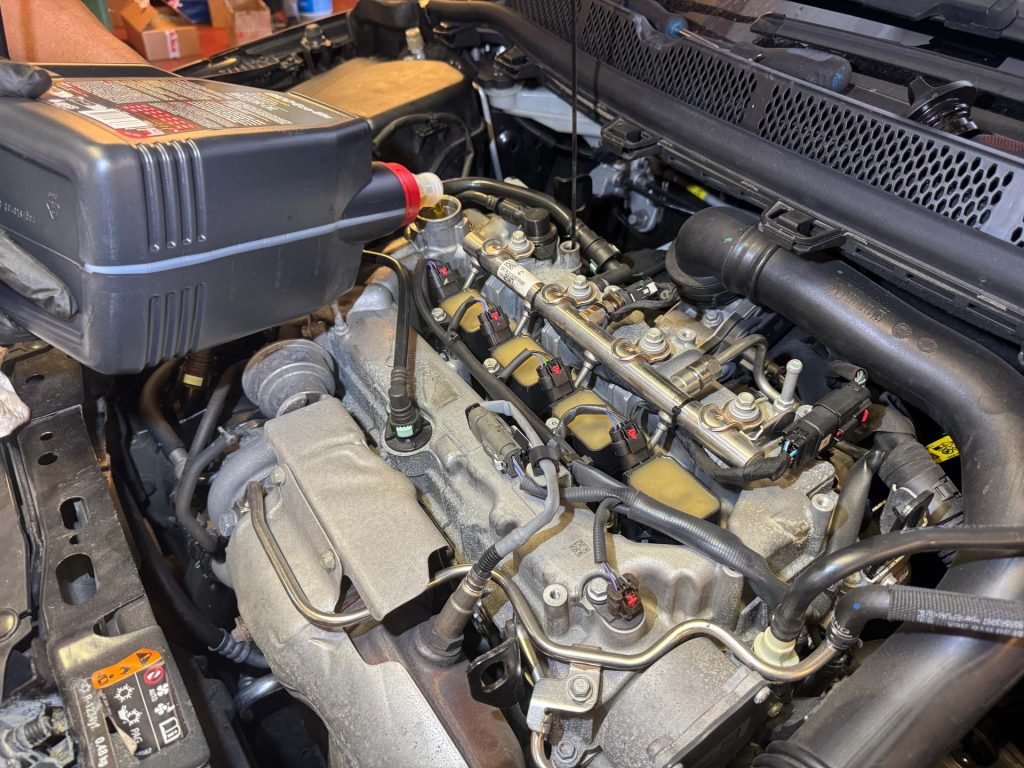
Why we include the air filter
Some garages skip the air filter unless it’s completely clogged — we don’t. Even a slightly dirty filter can:
- Reduce airflow to the engine
- Increase fuel consumption
- Trigger EML (engine management light) in modern cars
Replacing it as part of the same service ensures optimal performance and emissions.
Customer results and feedback
The customer reported noticeably smoother acceleration and quieter engine tone on the drive home. Oil level was checked again after a short drive to confirm stability. We also reset the service light using diagnostic tools.
Final tip: Keep your service record updated
For resale value, warranty compliance, and long-term savings, maintaining a full service history is important — especially for cars like the Vauxhall Astra. Sticking to your oil change intervals keeps everything running as the manufacturer intended.
At Pitair Motors, we provide a stamped record and digital invoice after every service.
Need an car oil change Croydon?
Whether it’s due, overdue or you’re not sure, pop in for a quick inspection. Our Vauxhall Astra oil service includes everything you need: top-grade oil, filters, and real technician attention.
Contact us today to book your next service — or drop in for a no-obligation check.
